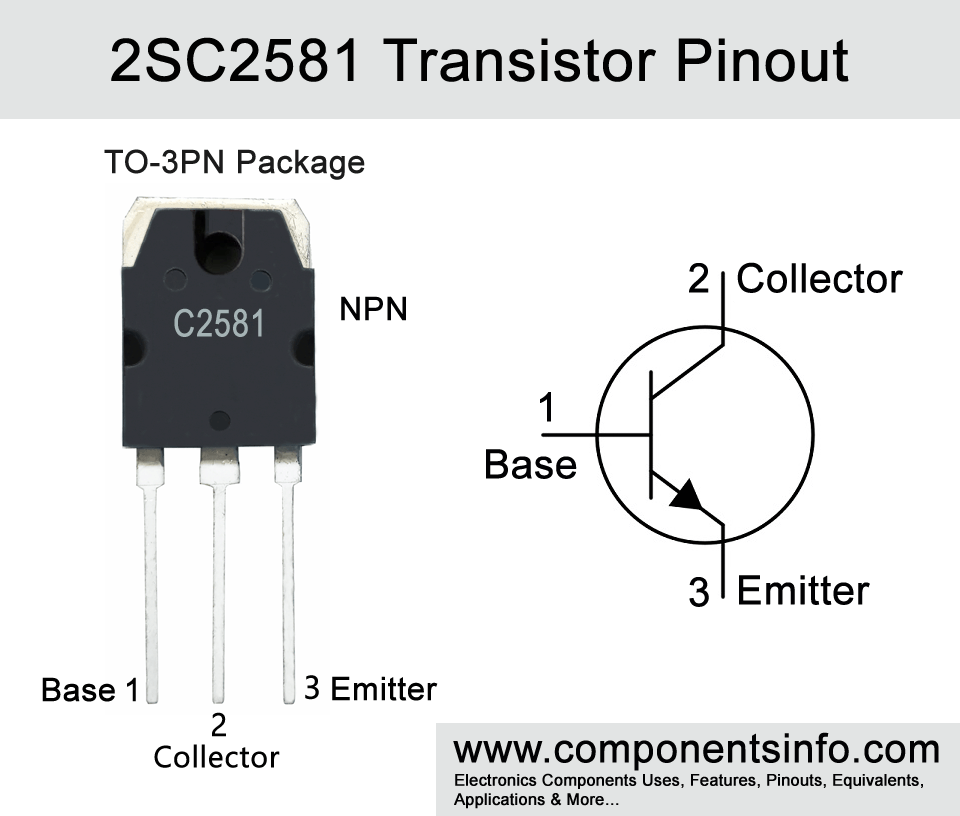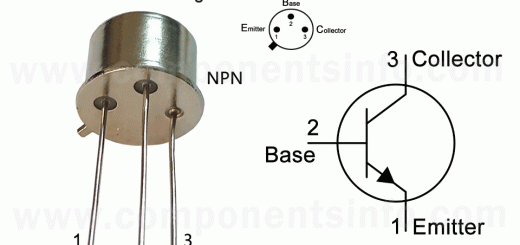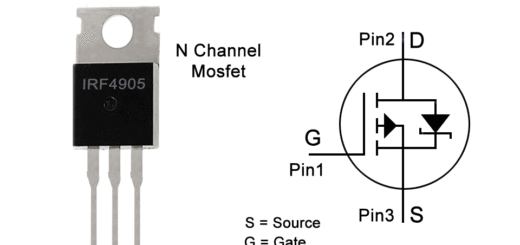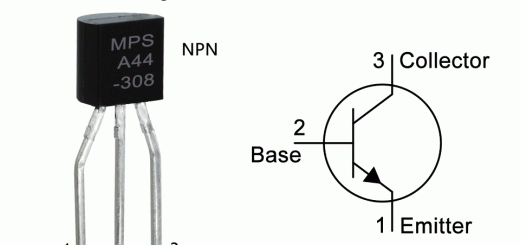2SC2581 Transistor Pinout, Features, Applications, How to Use It and More
C2581 (full part number 2SC2581) is an NPN power transistor available in TO-3PN package. In this post we will understand 2SC2581 transistor pinout, features, applications, how to use it, safe operating guidelines and other important details about the transistor.
Absolute Maximum Ratings:
- Package Type: TO-3PN
- Transistor Type: NPN
- Max Collector Current(IC): 10A
- Max Collector-Emitter Voltage (VCE): 140V
- Max Collector-Base Voltage (VCB): 200V
- Max Emitter-Base Voltage (VEBO): 6V
- Max Collector Dissipation (Pc): 100 Watt
- Minimum & Maximum DC Current Gain (hFE): 55 To 160
- Max Storage & Operating temperature: -55 to +150 Centigrade
PNP Complementary:
PNP Complementary of 2SC2581 is 2SA1106
Replacement and Equivalent:
2SD1524, 2SD1522, 2SC4434, 2SC3855, ECG270, BUFA420, BUFA10, BUD98
2SC2581 Transistor Explained / Description:
2SC2581 also known as C2581 is an NPN power transistor manufactured in TO-3PN package. The transistor contains some very good features which are high collector-emitter voltage, capable to drive high current loads, high power dissipation, transition frequency of 20MHz and availability of its complimentary PNP transistor.
The transistor is designed to be used in DC to DC converters and high power amplifier applications but can also be used in other applications such as power supply circuits, HiFi amplifiers, inverters, etc. A detailed list of its applications can be found below.
Now looking at the absolute maximum ratings of the transistor the collector-emitter voltage is 140V, collector current is 10A, collector-base voltage is 200V, emitter-base voltage is 6V, collector power dissipation is 100W, junction and storage temperature is from -55°C to +150°C.
How to Use This Transistor:
To use the transistor as a switch apply the signal to the base pin of the transistor (Signals through which you want to control the output load). These signal must be fed through a current limiting resistor to the base pin of the transistor. Usually a resistor value between 1K to 10K is used.
Connect the load between the collector and the positive rail of the power supply. The polarity of the load is important here. The positive wire of the load will be connected with the positive rail of the circuit and the negative wire of the load will be connected with the collector pin. Additionally, a current limiting resistor is required then it can be used between positive rail of the circuit and the load.
Connect the emitter pin of the transistor with the ground or negative rail of the circuit.
To use it as an amplifier we have to operate the transistor in active region. For doing so connect the signal which you want to amplify with the base pin of the transistor through an electrolytic capacitor which will work here as coupling capacitor.
Connect a load such as a speaker between the collector and the positive terminal of the power supply. A same value coupling capacitor can also be added here between collector pin and the speaker negative connection. A collector (Rc) can also be used here for voltage drop.
The emitter pin will be connected with the ground or negative terminal of the power supply. An emitter resistor or (Re) can be used here.
Applications:
Audio Amplifier Stages
HiFi Audio Amplifiers
DC to DC Converters
Switching Regulators
Inductive Load Switching
Battery Management Systems
Inverter Circuits
PWM Circuits
Switching load of up to 10A
High voltage applications (Up to 140V)
Safe Operating Guidelines:
Here are some important guidelines to safely operate the transistor.
- Always use the transistor at least 20% below from its absolute maximum ratings.
- Before placing in the circuit always check the pinout.
- Always use a heatsink with the transistor.
- Do not store or operate at temperatures below -55°C and above 150°C.
Datasheet:
To download the datasheet just copy and paste the below link in your browser.
https://www.alldatasheet.com/datasheet-pdf/view/438931/ISC/2SC2581.html



